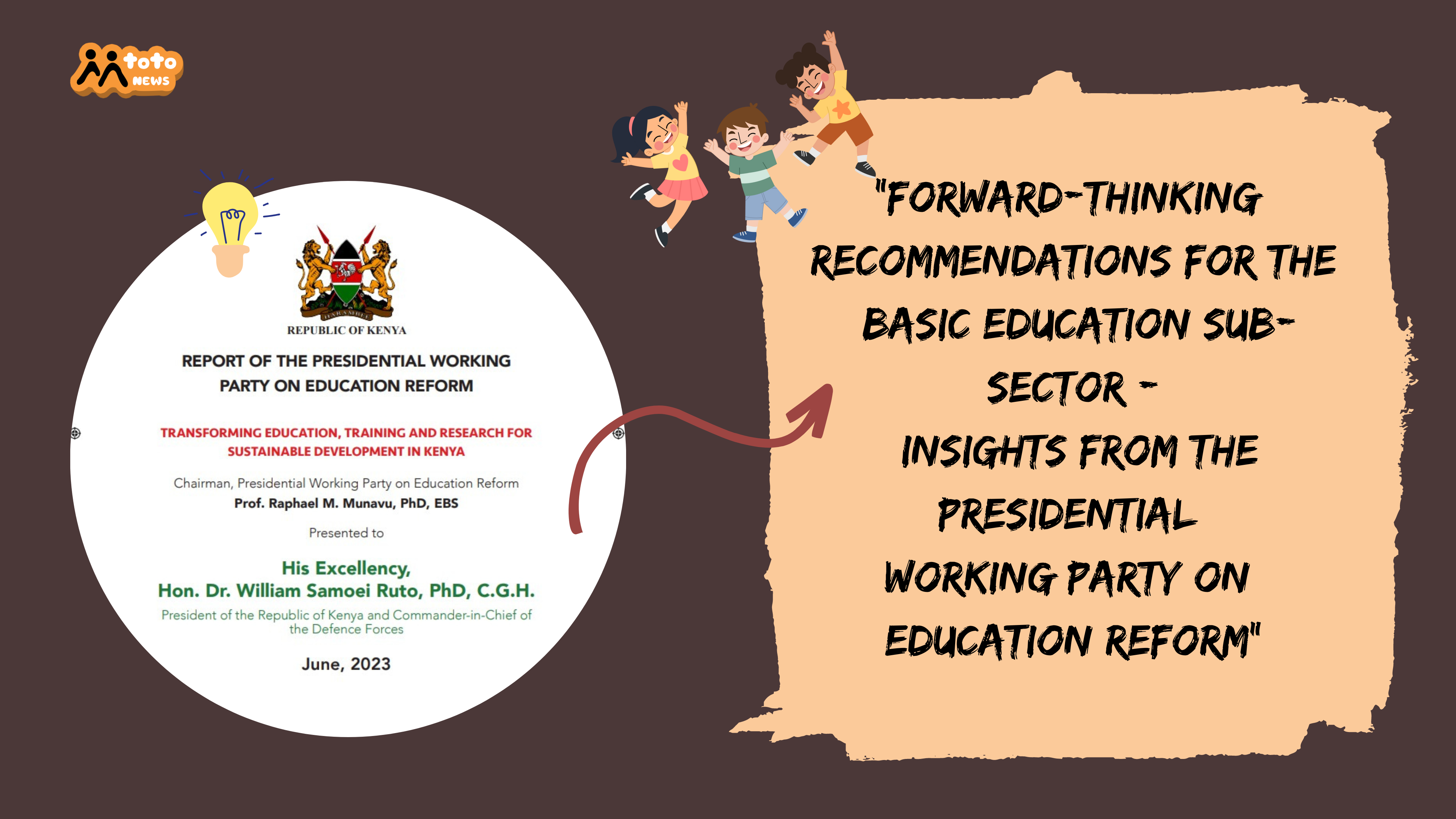
Education serves as the cornerstone of societal growth, empowering individuals with essential knowledge and skills for personal and collective advancement.
In many countries, Kenya included, the education sector operates within a complex web of laws and regulations. This article delves into the intricate challenges posed by overlapping responsibilities and inconsistencies in the management of public Early Childhood Education (ECE) centers and Primary Schools, as well as other significant issues within the education governance framework outlined by the Basic Education Act.
Navigating Duplication in Management Roles:
A distinctive challenge arises from the coexistence of Early Childhood Education (ECE) centers and Primary Schools within shared premises. Section 55 (1) (a) of the Basic Education Act necessitates the establishment of Boards of Management (BoMs) by the national government in educational institutions. Simultaneously, the Early Childhood Education Act, under Section 29 (1), mandates county governments to establish BoMs for early childhood education centers. When both institutions share a compound, this leads to the presence of two separate BoMs reporting to distinct levels of government, potentially engendering coordination hurdles, resource allocation inefficiencies, and administrative conflicts.
Quality Assurance at the Crossroads:
Quality assurance in ECE centers, outlined in Part VII of the Early Childhood Education Act, establishes the Early Childhood Assurance Committee. However, education standards are under the purview of the national government according to the Fourth Schedule of the Constitution. This separation of responsibilities may impede the consistent maintenance of high-quality educational standards across institutions.
Fostering Collaborative Resource Utilization:
The absence of provisions facilitating resource sharing among Pre-Primary, Primary Schools, and Junior Secondary Schools risks compromising educational standards, especially in Pre-Primary Schools. Embracing collaborative efforts to share resources, including infrastructure and teaching materials, could lead to more efficient resource management and improved learning environments.
Nurturing Teacher Employment and Management:
Despite legal clarity on county governments’ authority to recruit ECE teachers, challenges persist due to wage disparities. The inconsistent implementation of the agreed-upon service scheme for ECE teachers across counties adversely affects morale and subsequently impacts the quality of education.
To address these challenges and enhance the overall education governance system, strategic measures are worthy of consideration:
Integrated Boards of Management: Exploring the establishment of unified governance structures overseeing both ECE centers and Primary Schools could foster improved coordination and resource optimization.
Strengthened Quality Assurance Mechanisms: Establishing a well-defined mechanism for collaboration between the Early Childhood Assurance Committee and the Directorate of Quality Assurance within the Ministry of Education can ensure consistent and robust quality assurance practices.
Optimized Resource Management: Developing comprehensive guidelines for resource allocation and sharing among diverse education levels can promote equitable distribution and efficient resource utilization.
Unified Teacher Employment Framework: Encouraging counties to adhere to a standardized service scheme for ECE teachers can help eliminate wage disparities and enhance educational quality.
The complexities arising from the coexistence of ECE centers and Primary Schools underscore the necessity of a comprehensive review of education governance structures.
By streamlining roles, responsibilities, and resource administration, a more efficient, effective education system can be forged, ensuring that each child benefits from a high-quality education experience, regardless of their educational phase. This recalibration holds the potential to elevate education in Kenya to new heights, nurturing a generation poised for sustainable growth and development.

Leave a Reply